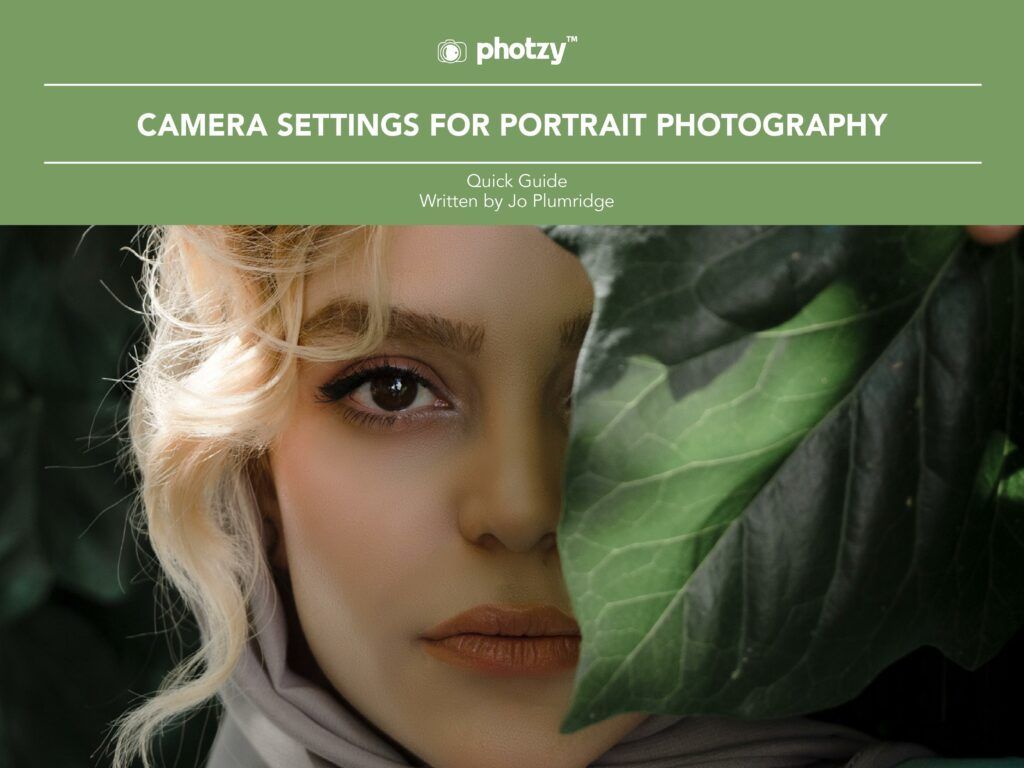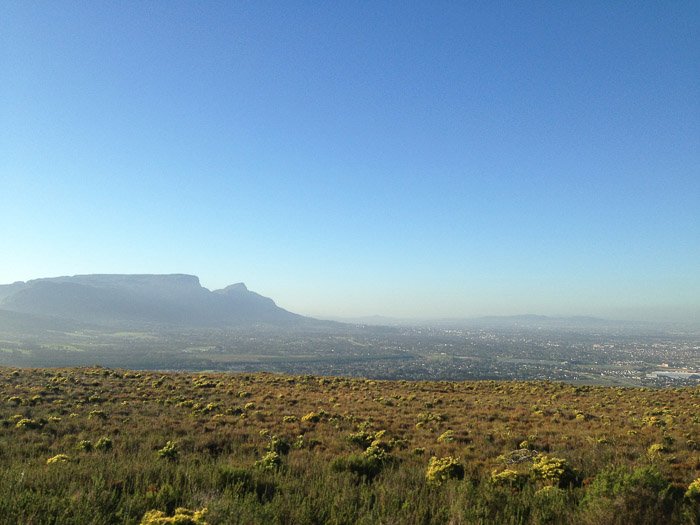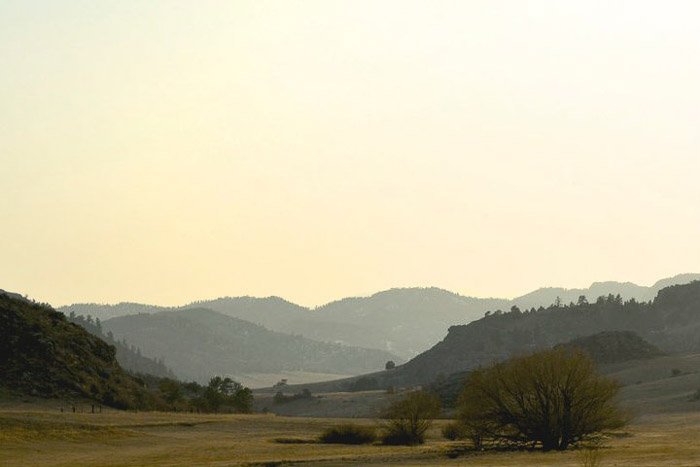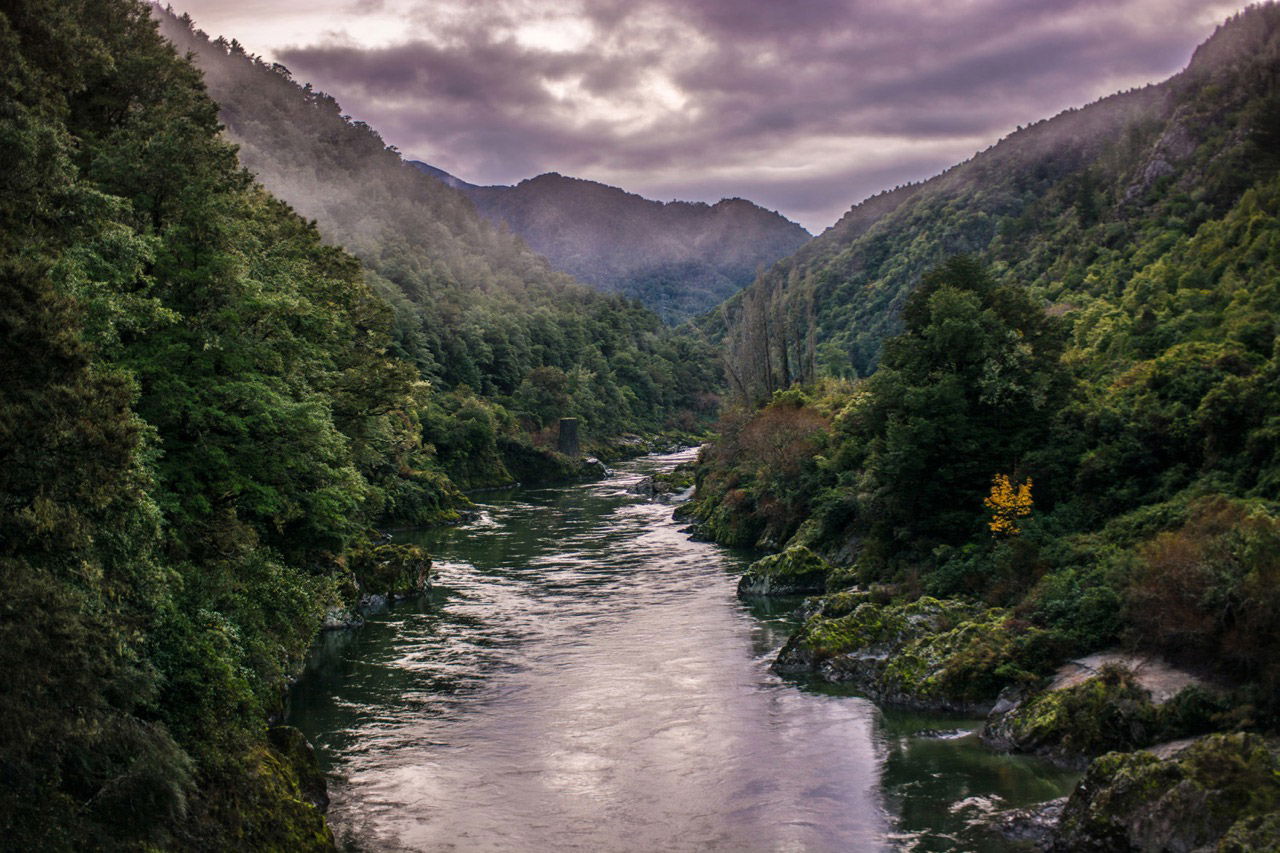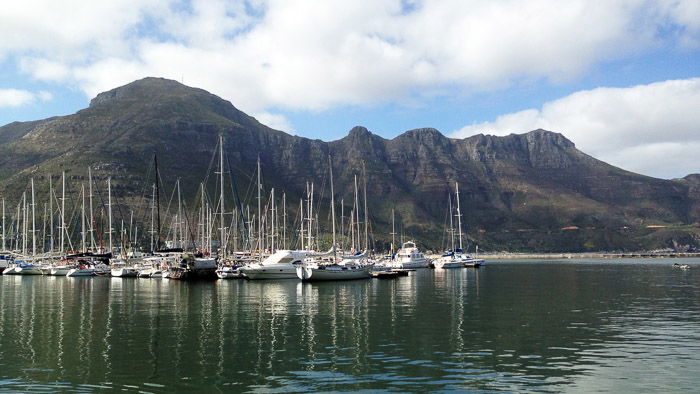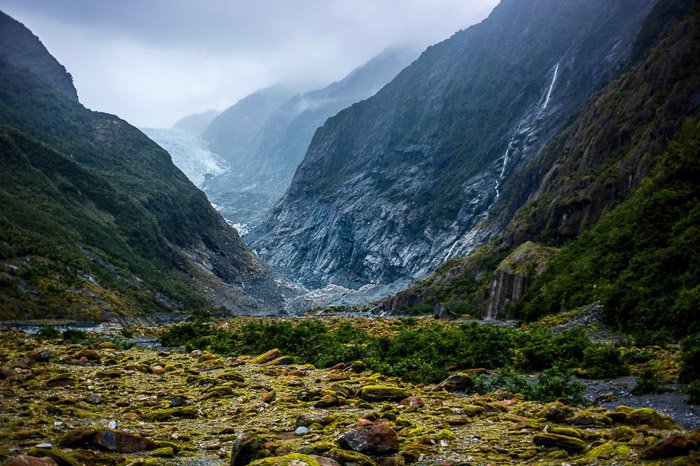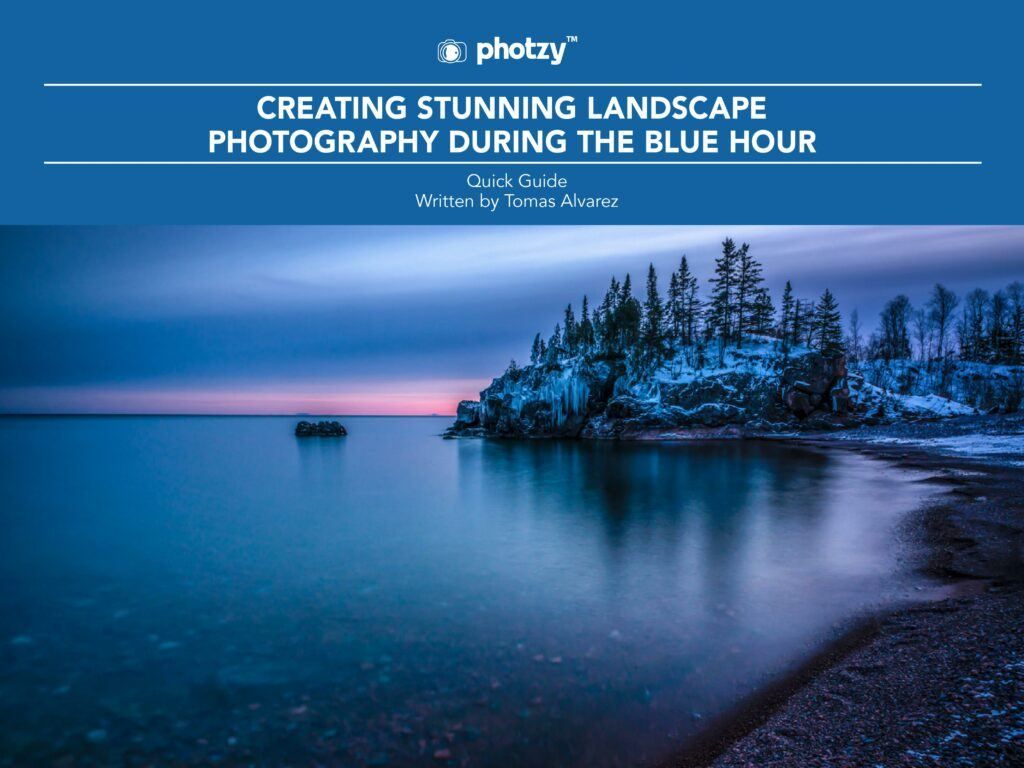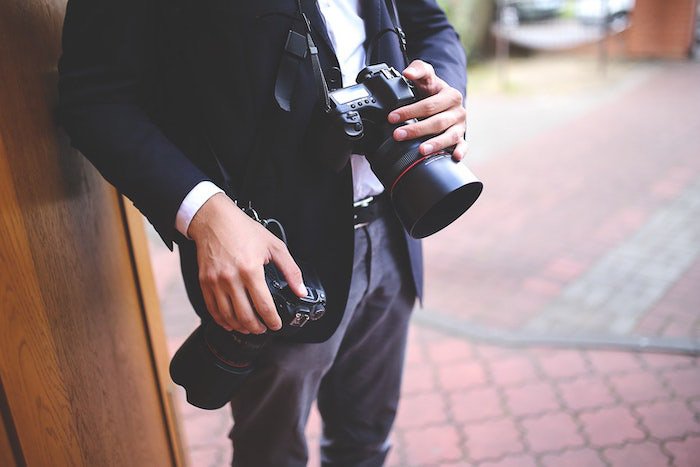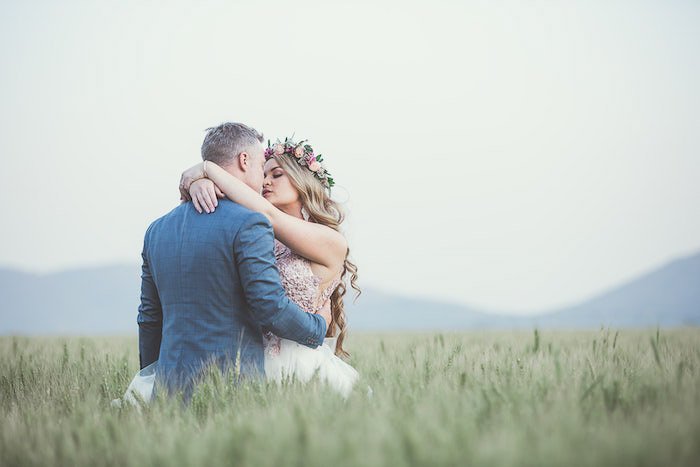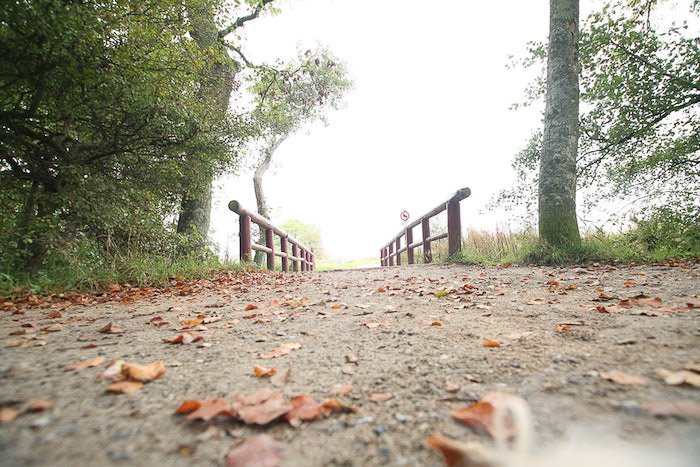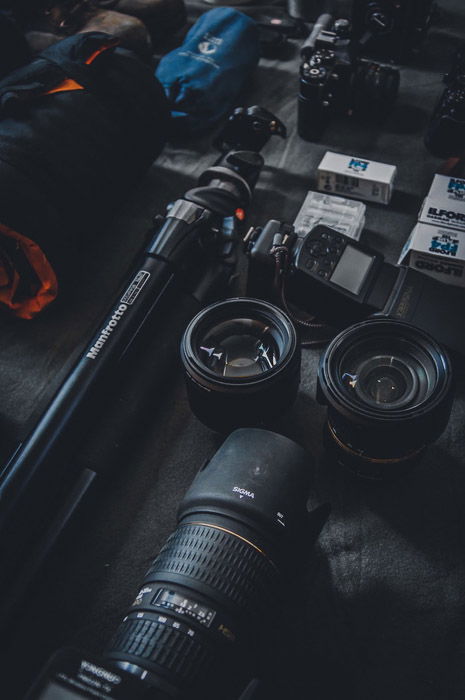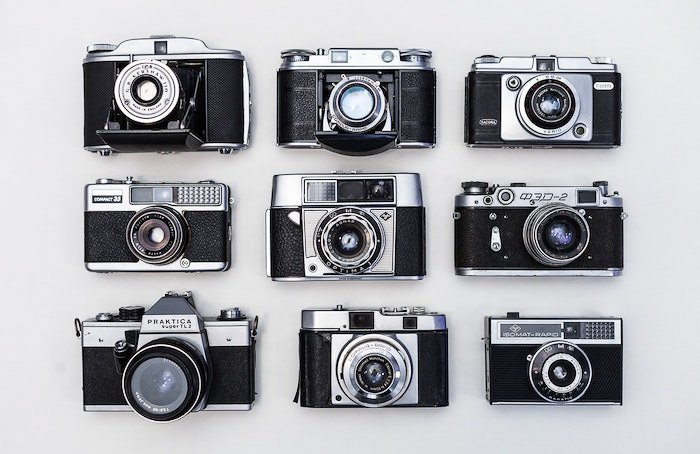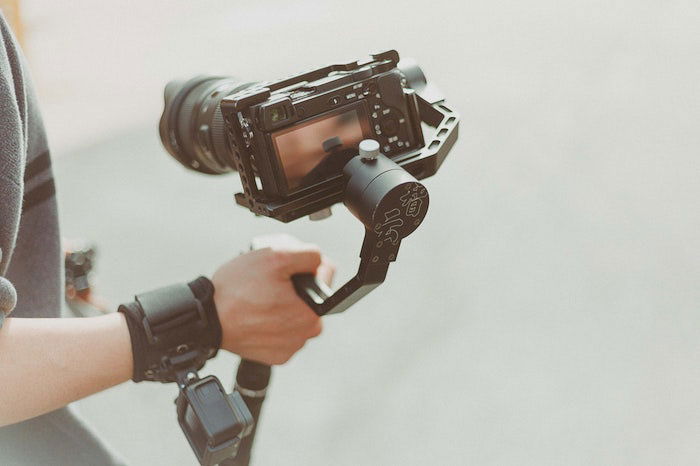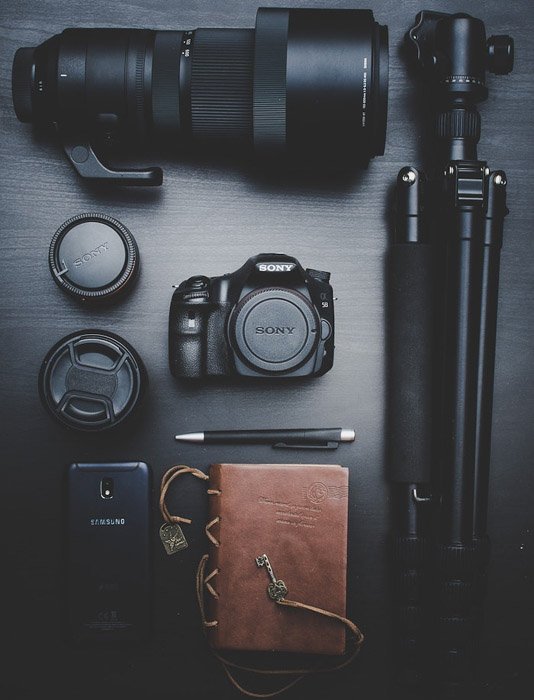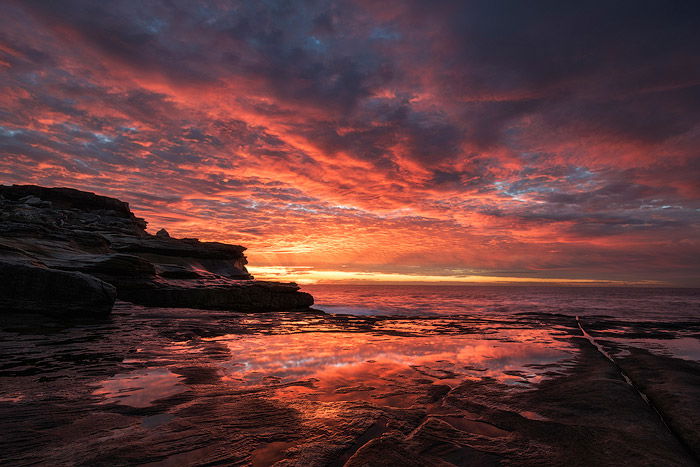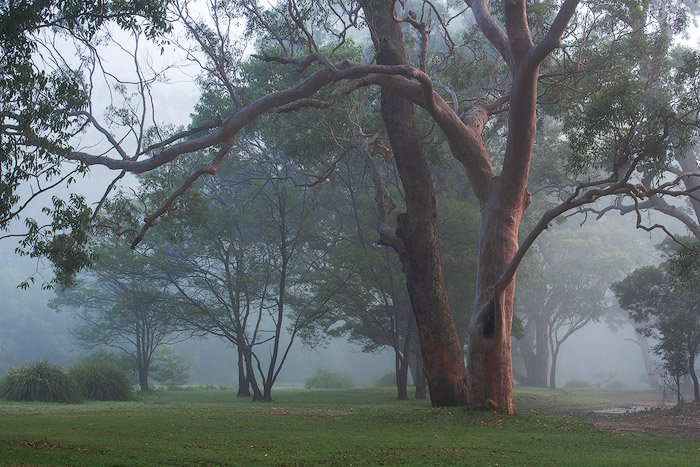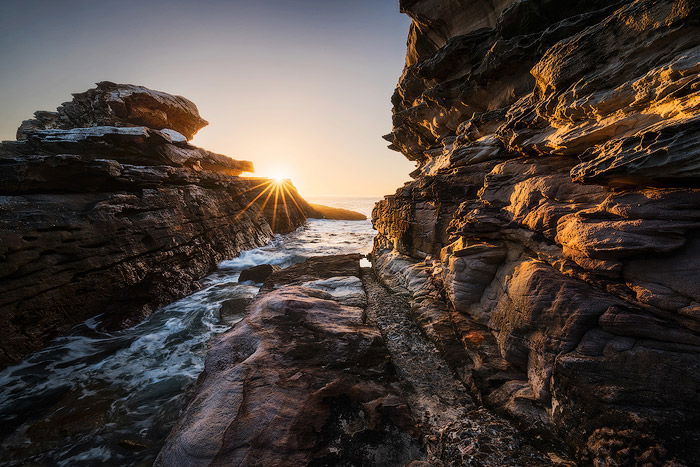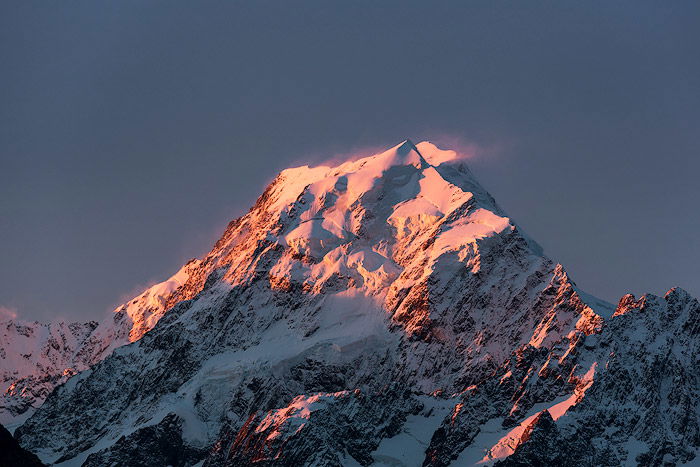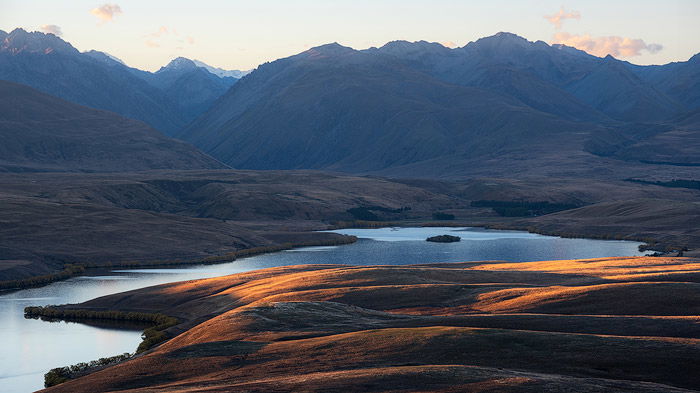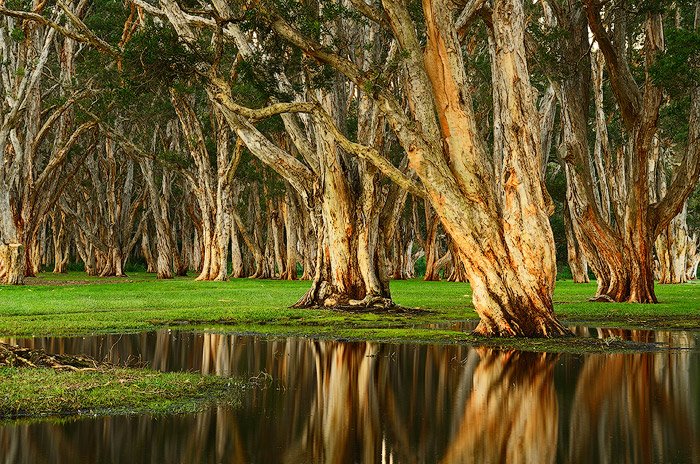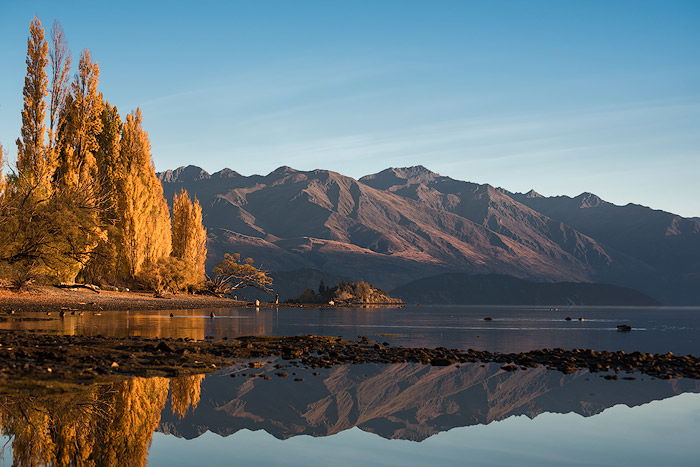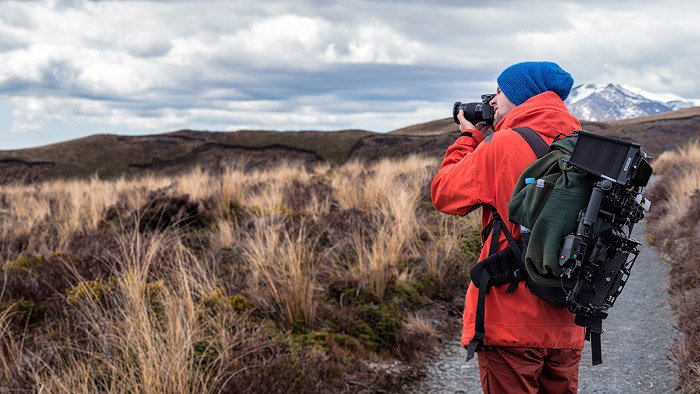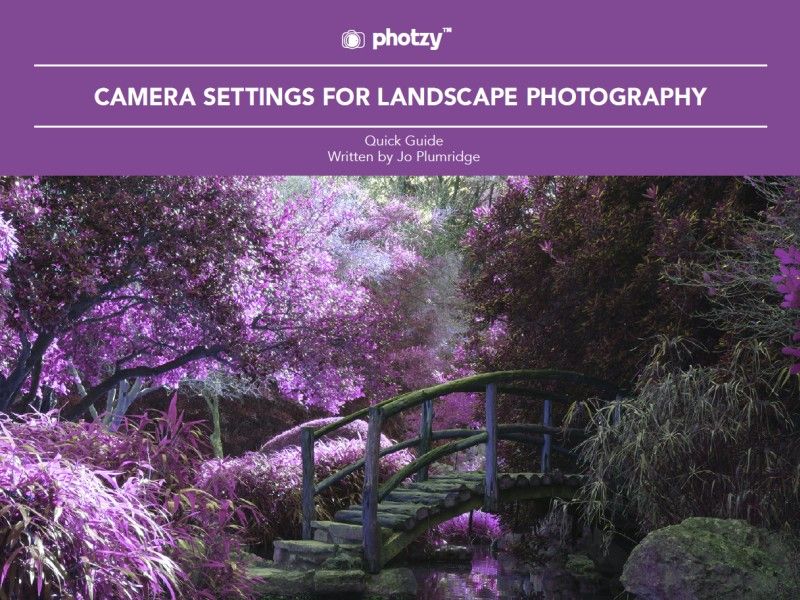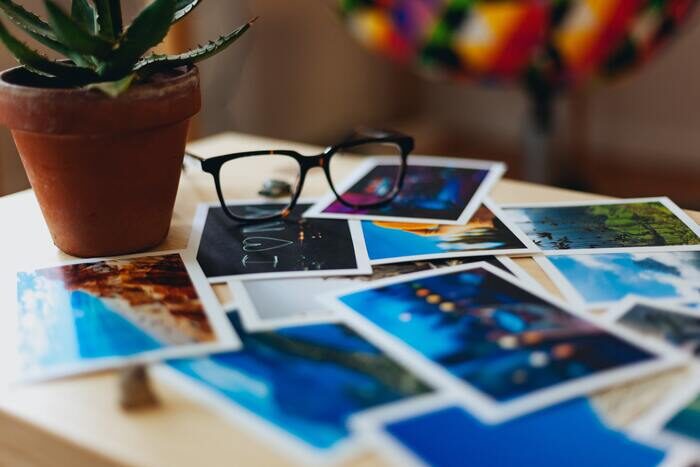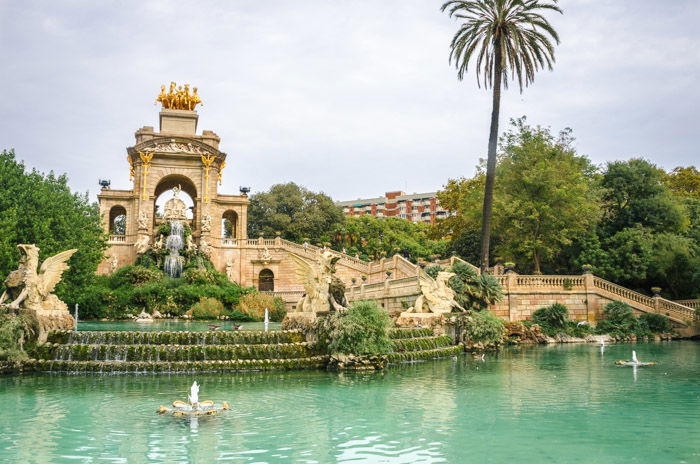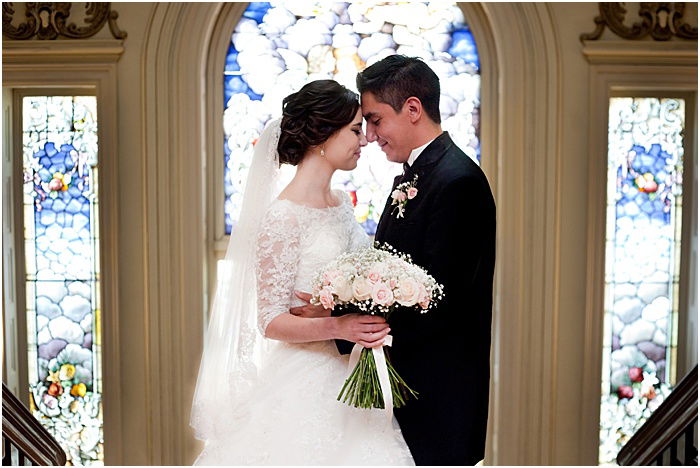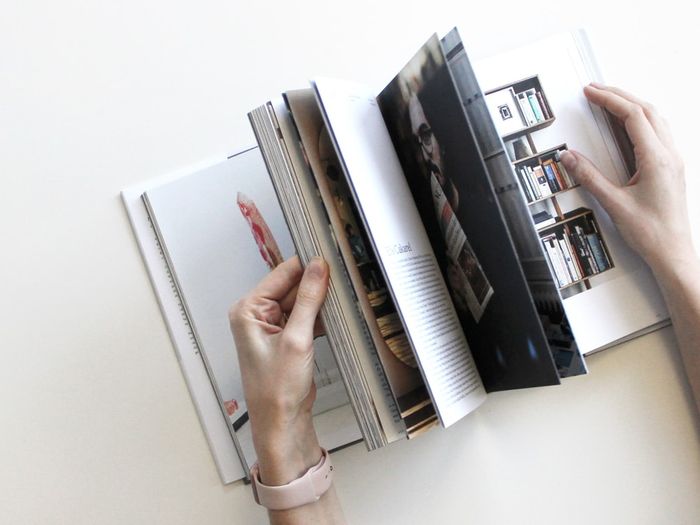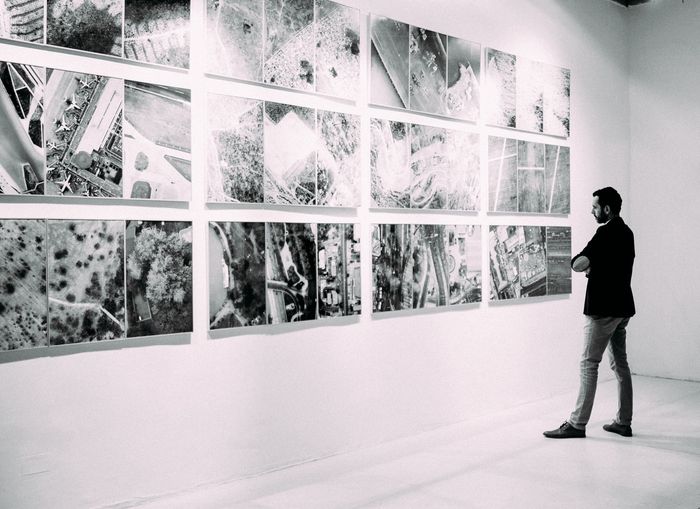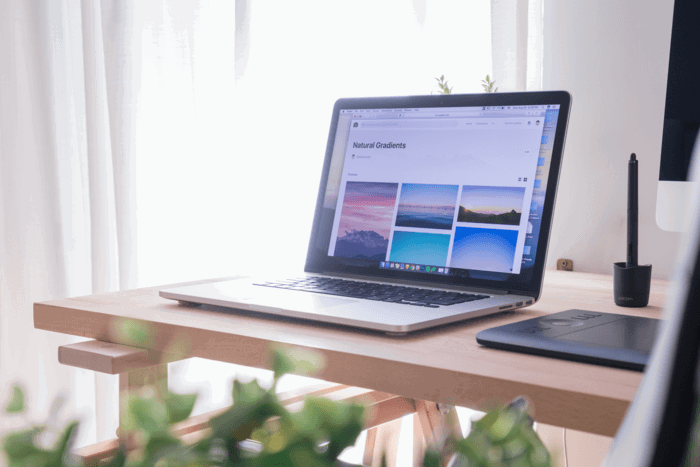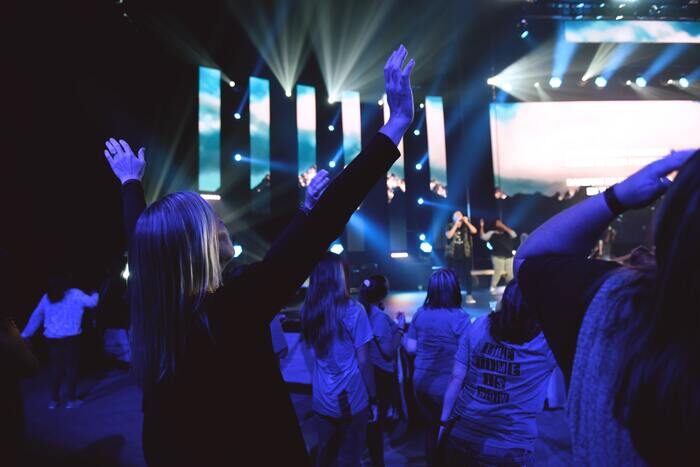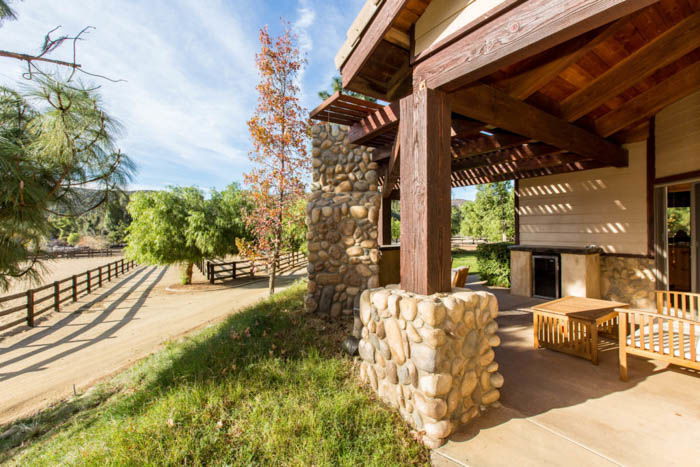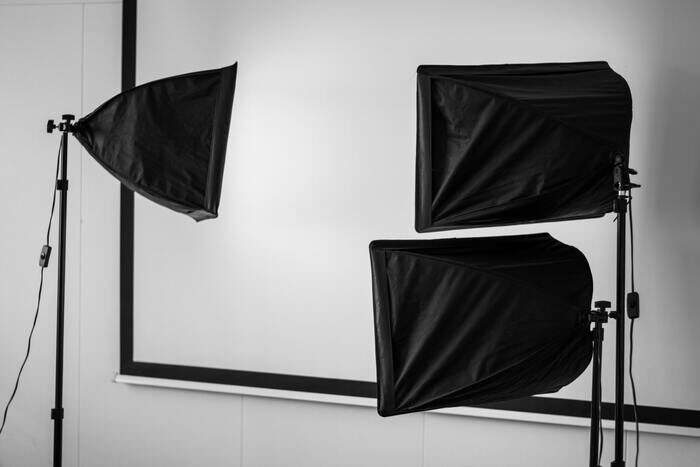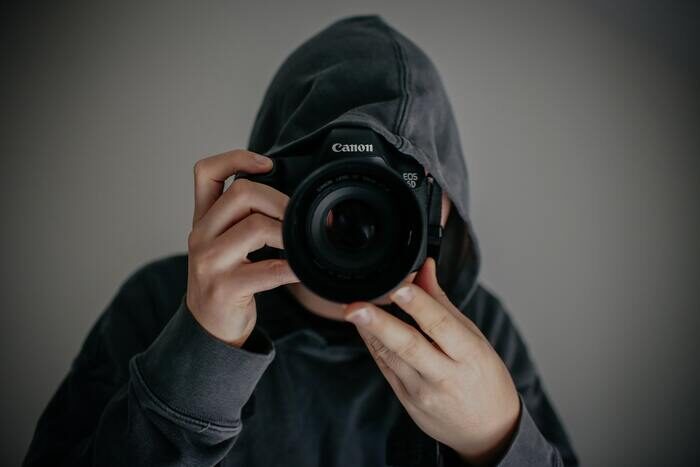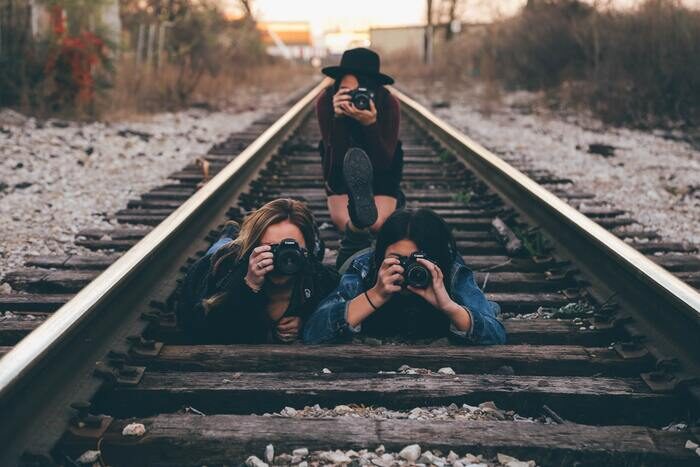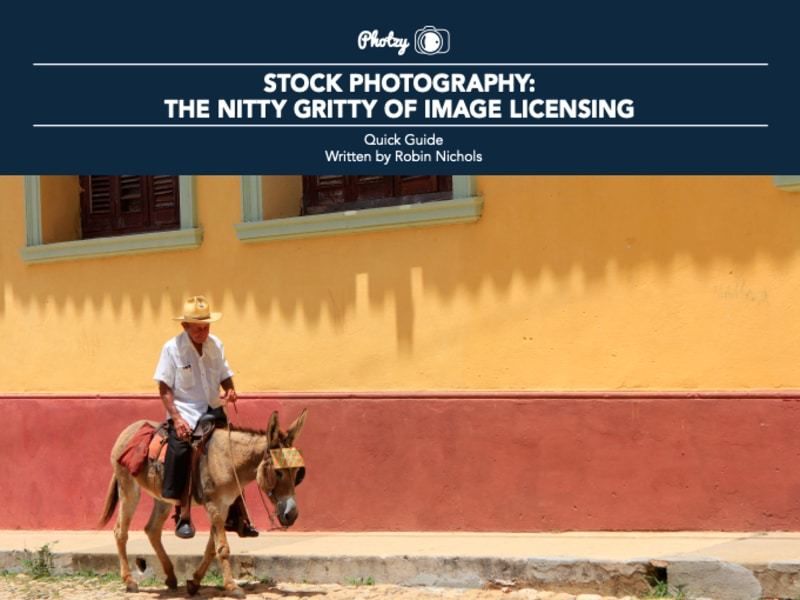How to Take Fun and Natural Family Portraits
Nothing holds a deeper place in one’s heart than beautiful family
portraits with loved ones. This can be anything from photos of the
entire family or just portraits of a couple.
The photographer’s goal is to ensure that the bond and connection between each member of the family shines through every image.
Often times, posed shots can appear static and stiff. Natural family
portraits are the ones that capture true personality. As a photographer,
this is what you should be aiming for.
Here is how to make sure you get those fun, spontaneous moments at your next family shoot!

The Experience Makes the Difference
Family photography is possibly the most widespread and well-known
photographic niche. Making your work stand out is just as important as
producing beautiful, captivating photography.
The experience you offer your clients goes hand-in-hand with what kind
of portraits you will produce – and how much fun you can bring out of
your subjects!
The vibe sets the tone.
Through my own experience, I’ve noticed many of my first-time clients
approach a photo shoot as a very stressful ordeal. It certainly doesn’t
have to be like that.
A great way to change up that experience is to welcome your clients with
a warm, optimistic, energetic, and friendly personality.
Don’t jump right into photographing. Ask your clients how they’re doing,
maybe offer them a beverage. Reassure them that the photo shoot will be
easygoing. And don’t forget about the kids! Ask them what they’re most
excited about to ease their nerves.
Try to amp up the excitement about how much fun they’re about to have in front of your lens.
All of this helps ease any tension the family in front of your lens may
be feeling and leads to more relaxed and spontaneous photographs.
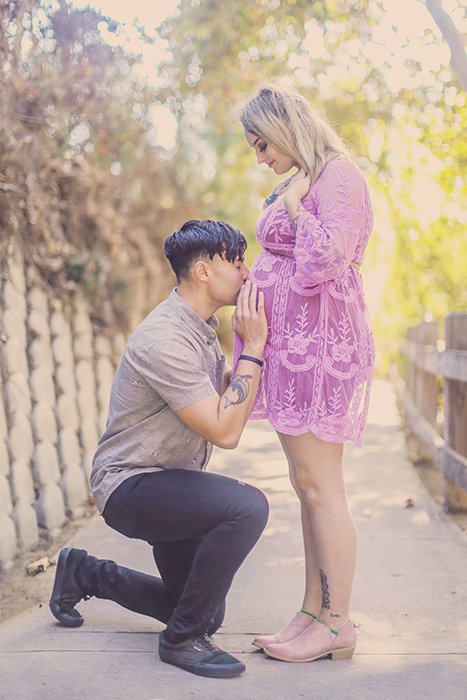
Get to Know the People You’re Photographing
A big part of photography is psychology.
The best way to figure out how to bring out your clients’ character is
to know their personality in the first place. Whether during the
consultation for the photo shoot or the session itself, you absolutely
need to get to know your clients on a very personal level.
Ask them questions about what they do, what they like, and what really
brings that spark out of them. Even when you’re working with a group of
people, ask everyone what relation they have to one another or what
their favorite memory is.
From there, you can gauge how to bring the spontaneity out of them.
Some people are easily amused and very happy, telling a silly joke can
get the natural laughter to come through in the shot. Others are a bit
shyer, and some words of encouragement and comfort can aid in pulling a
smile out of the subjects.
You can figure all of this out if you take the time to get to know your clients.
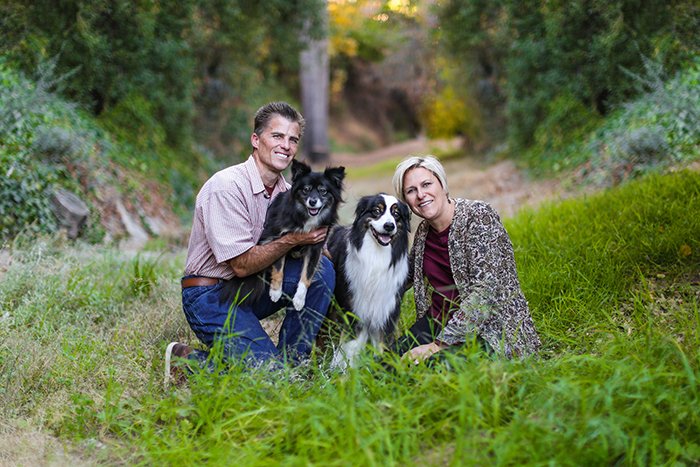
Lens Choice Is Important
The lens you choose will affect how adventurous your fun and natural
photographs become. It will dictate how out-of-the-blue some of the
photographs can be.
If you are photographing with a 50mm, you’ll have to be fairly close to
your subjects. This means it may take a little bit of coaxing to get
those natural moments out of them.
On the other hand, if you’re photographing with a telephoto or zoom
lens, you can position yourself farther away. This might allow you to
capture very spontaneous moments more easily.
Your clients won’t feel like you’re there, which might make them more comfortable.
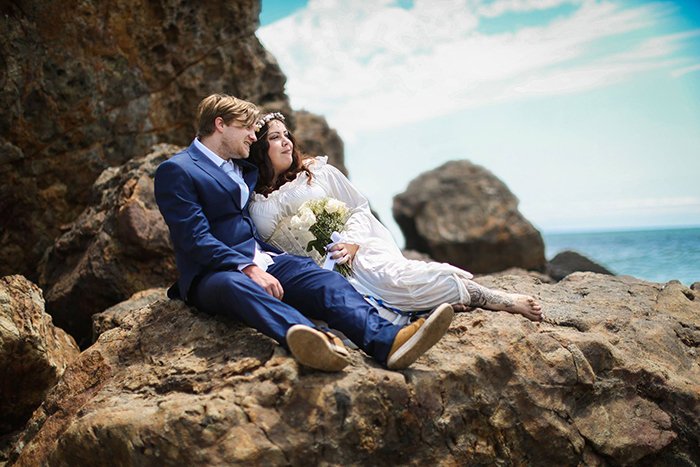
Be Ready to Adapt
As photographers, we really are constantly changing and adapting to
the situations at hand. Your family portrait shoot is no different.
Adapt yourself to what your clients feel most comfortable and confident
with, whether it be how you speak to them or your demeanor.
With children, see what the child likes and adjust yourself to better match with what makes the kid excited to be photographed.
If your clients bring a dog, acclimate to the situation and adjust your
surroundings to bring the best out of the family’s beloved pooch.
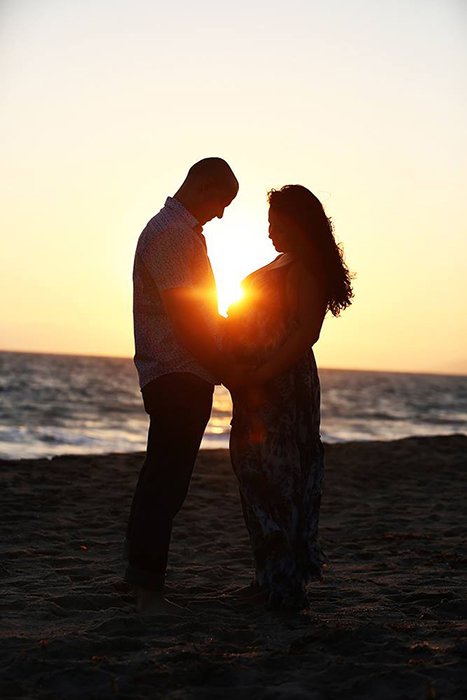
Make Them Laugh
Tell some jokes, play some music – allow your clients to forget the formalities of a photo shoot.
Your aim is to disassociate your clients from any preconceived notions
of what a photo shoot should be like. This is possibly one of the best
methods of pulling character out of a subject.
Try creating a fun distraction. This will let them escape the “I have to
be posing right now because my picture is being taken” mindset.
Playing music helps subjects relax, especially adults who have favourite songs that bring an emotion out of them.
Make silly faces for kids to get them to laugh, or tell a wild joke for their parents.
Create an environment fit for conversation and friendship, rather than a
stale client and photographer situation. This way, the facial
expressions of your clients will show that they trust you, they’re
enjoying themselves, and are feeling completely at ease.
Posing Children – Make It a Game

What kid doesn’t love games? The key to photographing children is to
make the photo shoot more like a game. Often parents can stress out
their kid by telling them to behave during a photo session. That can
make some of the images look uncomfortable.
Children do not hide their emotions like an adult can, it’s written
right on their faces. As such, turning posing into a game or something
fun is a great way to turn the mood around.
Kids love showing off to someone new. Next time you pose a little boy or
girl, ask them to show you how good they can stand on one foot. Or ask
them to act out their favourite television character.
The more you engage and the more you make posing something fun, the better the shots.
Great pose ideas include playing with flowers, spinning in a circle, or
show off their teeth! Take advantage of what children do naturally when
posing them.
Posing Couples – Capture the Love
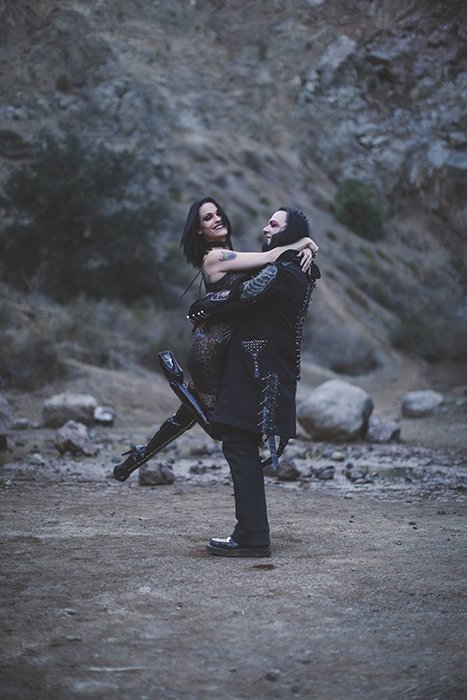
Couples come to a photographer to have their romance commemorated for a
reason. Bring out the love by asking the couple how they met, their
favourite things about each other, or beautiful memories that they both
share.
When posing a couple, the more romantic, the better. Ask them to kiss
one another, pick each other up, smile and laugh, pretend that the photo
shoot is an epic date.
The key here is to capture the electrifying bond between the two!
Great pose ideas include kissing, hugging, and cuddling.
Posing Pets – Get Them to Play
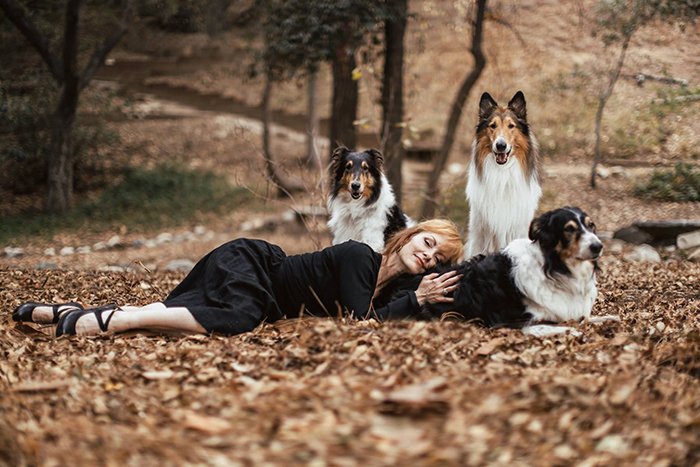
When posing owners with pets, have the owner play and kiss their furry family member like they would at home.
Posing owners with their pets for family portraits can be challenging.
You cannot direct a dog or cat like you can another person.
This hindrance can actually work brilliantly to your advantage. All the
photographs will be naturally fun and spontaneous. Instead of trying to
control the uncontrollable, let go of your expectations entirely.
Have the owners of the pets play, kiss, and talk to their furry
companions as they would at home, and capture the love that ensues as a
result!
Much like kids, take advantage of natural behaviors that pets exhibit.
Great pose ideas include belly rubs, hugs, and kisses. A good trick to
encouraging a kiss is to hide a dog treat in the owner’s mouth and the
dog will lick their lips.
Expect the Unexpected

Photographing families with children and pets will never go as planned.
No matter how much you try to plan the shots, the likelihood of the
shoot not going as planned is great. Children and pets are
unpredictable, and as such, your predictions will probably be proven
wrong.
Don’t be discouraged! Take this as an excellent opportunity to flex your photographic muscles and creativity.
Expect that you’ll attend the photo shoot and have to change your entire
plan. With this in mind, you can focus on simply bringing the
personalities out of your clients by engaging with them.
Keep Their Heads Together

When aligning families, keeping their heads as close together as possible looks best.
A compositional trick
that you can incorporate into your family sessions is keeping their
heads as close together as possible. This is because that intimate
proximity portraits affection the best in a static image.
You have to remember that photographs do not move. As such, you have to tell the story through one frozen instance.
If you focus on human body language and psychology, the closer you are
to someone, the more feelings you have towards them. If everyone is
close together, the photograph oozes with feeling.
Keeping everyone together is also good for composition. This way, you can have some control over spontaneity with a big group.
Depending on what lens you use, you can make sure that there is little
chance for any of your subjects to move past your lens and cause you to
miss a key moment.
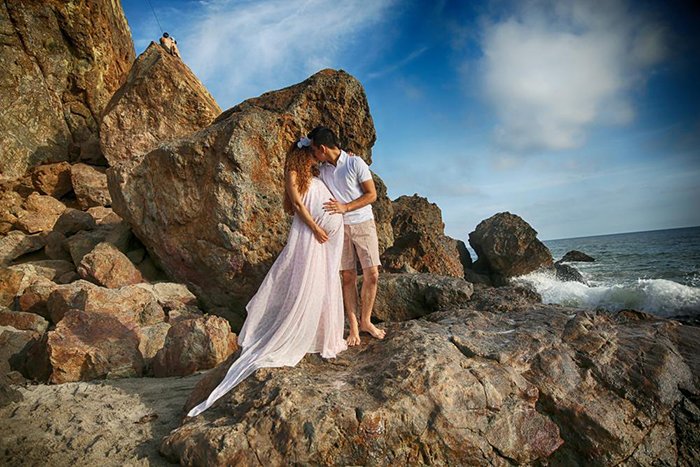
Be More Spontaneous Yourself
How a photo shoot flows starts with you – if you become more
spontaneous and less stringent, so will your clients. Be imaginative and
fun yourself, come up with silly poses and ideas on the spot and act
them out!
Professional photographers do this all the time, contrary to popular belief. This is your time to shine too.
If you see the family you’re photographing not really digging the poses
or ideas you have planned, mix it up completely and try something new
and fresh. They will appreciate the difference and you’ll love the new
photographs you’re capturing.
As a photographer, you’re always learning something new. You can
absolutely get a brand new inspiration bug during a fun and natural
family portrait session!
Bonus Tip: Don’t Just Focus on the Faces
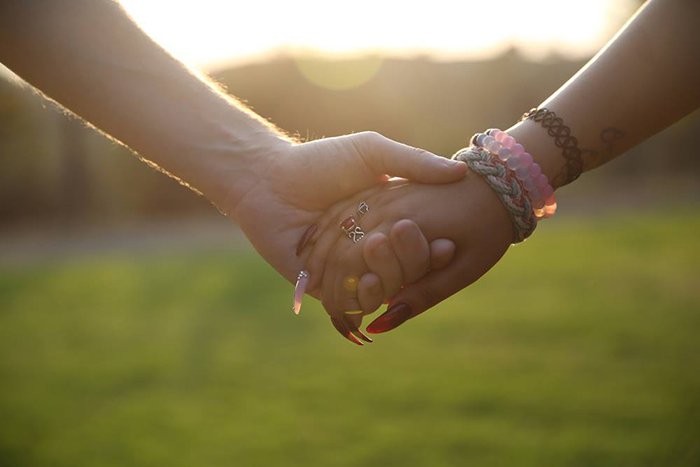
It’s natural to focus on the face and expression and miss the details. But these are important too!
Photographers have to break out of the habit of focusing only on faces.
Some of the details can create an equally powerful and sentimental
photograph.
If you see a couple holding hands, zoom in on those hands and capture
that connection. If you see a child find a lady bug, use the lady bug in
the photographs.
The small stuff can have a big impact.
---------------------------------------------------------------------------------
Another FREE Photography Ebook
